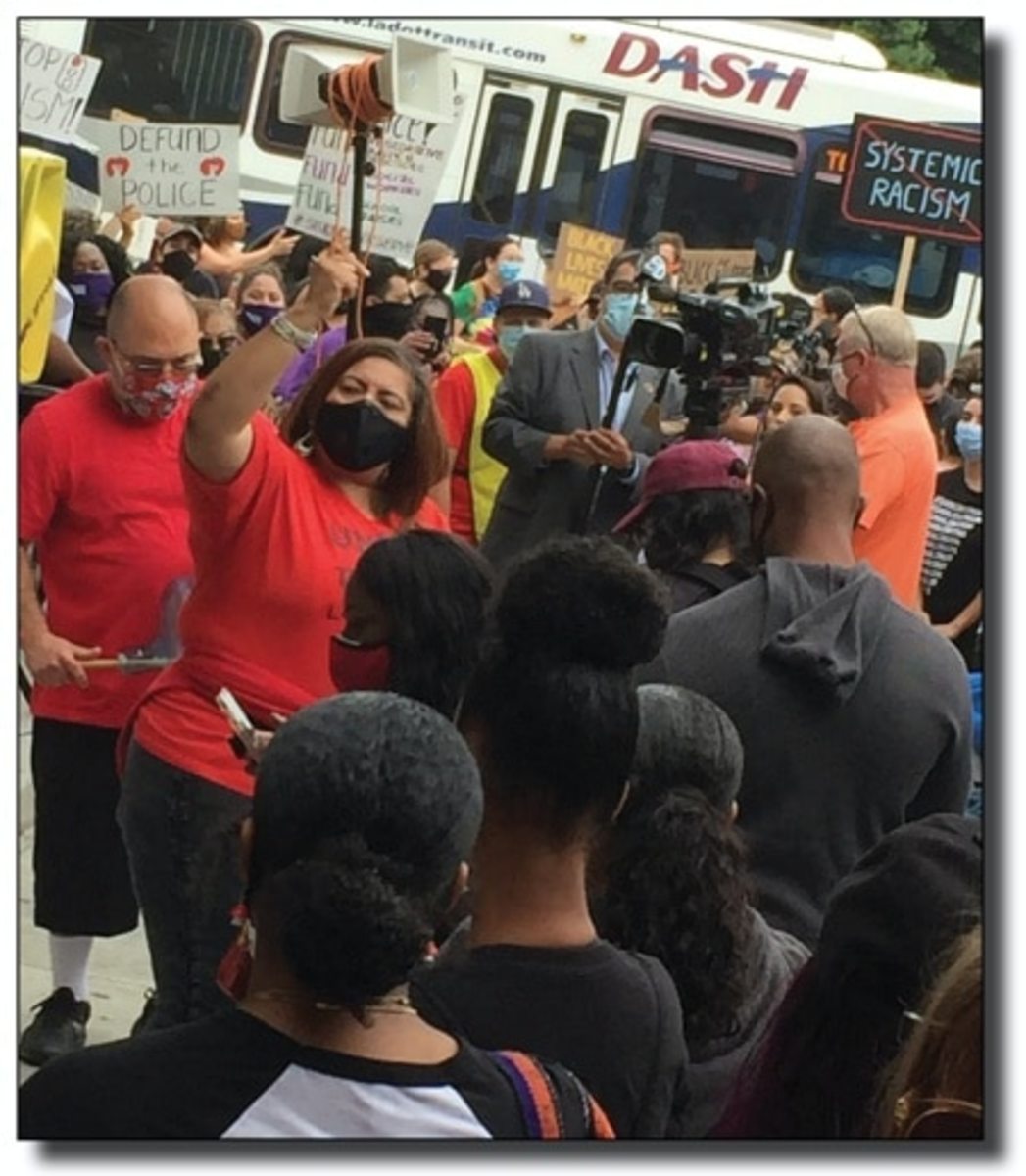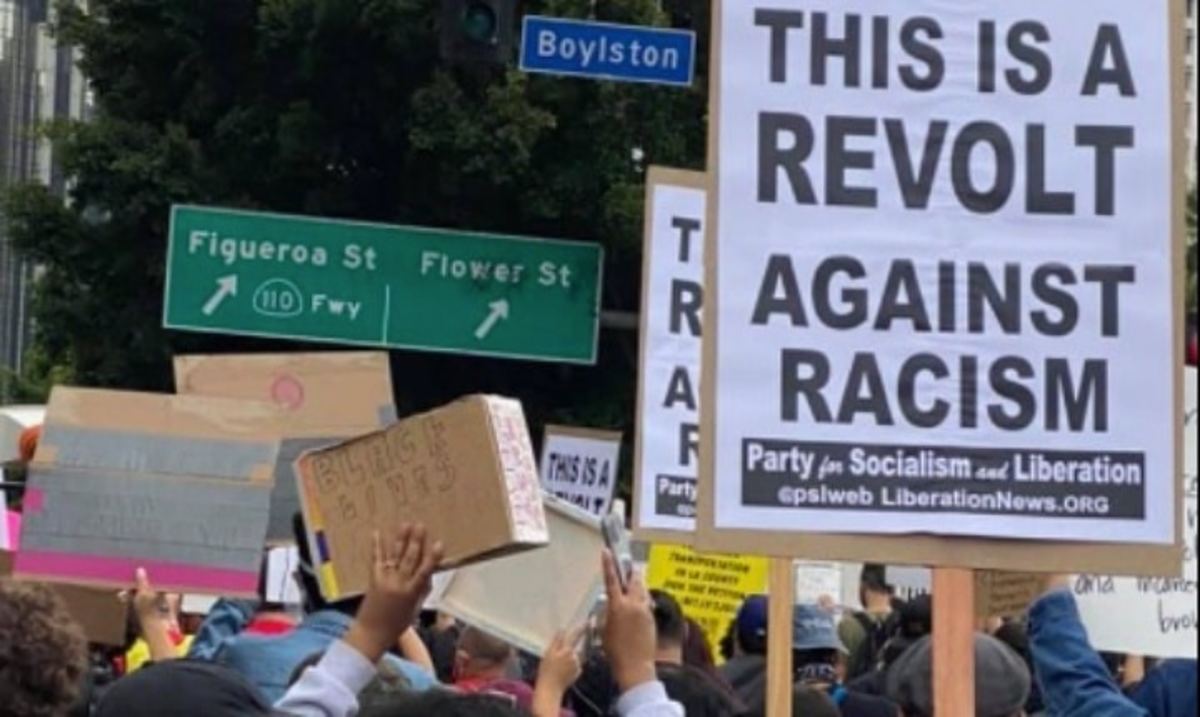Free Statewide Online Suicide Prevention Training - Year 2020 (CA Dept of Education)
State Superintendent Tony Thurmond Announces Free Statewide Online Suicide Prevention Training Program
SACRAMENTO—State Superintendent of Public Instruction Tony Thurmond announced today that the California Department of Education (CDE), in collaboration with the San Diego County Office of Education, is launching a free online suicide prevention training program available to middle and high school staff and students throughout the state.
“The COVID-19 pandemic not only disrupted the academic lives of our students and families, but it may have contributed to emotional and mental health challenges that some of our students struggle with,” said Thurmond. “It is important that students know that they have someone to turn to within their school community when they are feeling overwhelmed. Providing this specialized training to school staff and peers can not only be utilized to support students in crisis during the critical time we are in now, but any time a student is feeling despondent, stressful, and alone.”
The funding for the program was secured by Assemblymember Marc Berman (D-Menlo Park) and included in Assembly Bill 1808, which was passed in 2018.
“One of my biggest highlights of 2018 was securing $1.7 million dollars to fund online suicide prevention training for California middle and high school staff and students," said Assemblymember Berman. "I'm thankful that the training program is being launched across the state, particularly during this challenging and unprecedented time. As students cope with school closures and isolation, it's absolutely critical that administrators, teachers, and students know what to look for and how to respond to help prevent youth suicide.”
The online training program is called LivingWorks Start, an evidence-based program that is aligned with CDE’s Model Youth Suicide Prevention Policy to address the needs of high-risk populations. According to a recent report by the Centers for Disease Control and Prevention, suicide is the second leading cause of death for youth ages ten to twenty-four. For every youth who dies by suicide, an estimated 100 to 200 young people make suicide attempts.
“One thing that’s increasingly recognized in suicide prevention efforts is that you have to engage large numbers of people,” says Rick Trimp, president of LivingWorks. “When students are thinking about suicide, they’re likely to confide in a peer or a trusted teacher. Having students and teachers trained to recognize when someone is struggling and connect them to further help empowers the whole school community to come together and support those at risk.”
The San Diego County Office of Education was selected through a competitive application by the CDE to lead the effort and make the training available to local educational agencies (LEAs) through their respective county office of education. LEAs can choose to incorporate the program as an additional resource to an existing youth suicide prevention policy.
“This is not a one-size-fits-all solution,” said Dr. Paul Gothold, San Diego County Superintendent of Schools. “By working with all 58 county offices of education to distribute this online training to their areas of greatest need, we are honoring the expertise, resources, and needs of each community.”
The program will be rolled out in two phases, with school site staff trained first and students trained during the second phase, which will take place in September. Having trained school personnel in place will allow students to receive the proper support when they go through the program and will help them be better equipped to support students who may be experiencing thoughts of suicide. Some of the training topics include how to recognize when someone is having suicidal thoughts, intervention strategies, and connections to support services.
# # # #
Tony Thurmond — State Superintendent of Public Instruction
Communications Division, Room 5602, 916-319-0818, Fax 916-319-0100





























